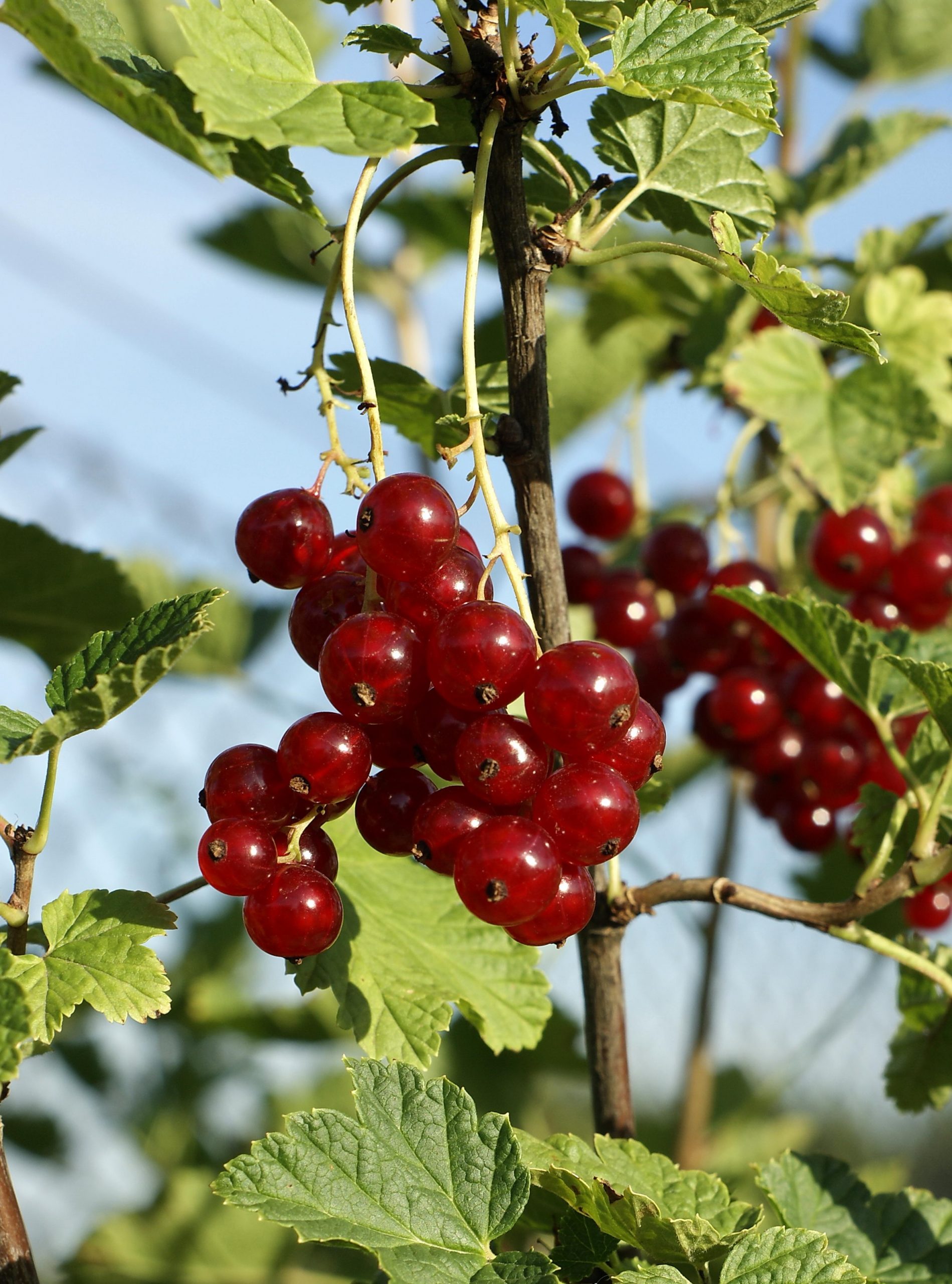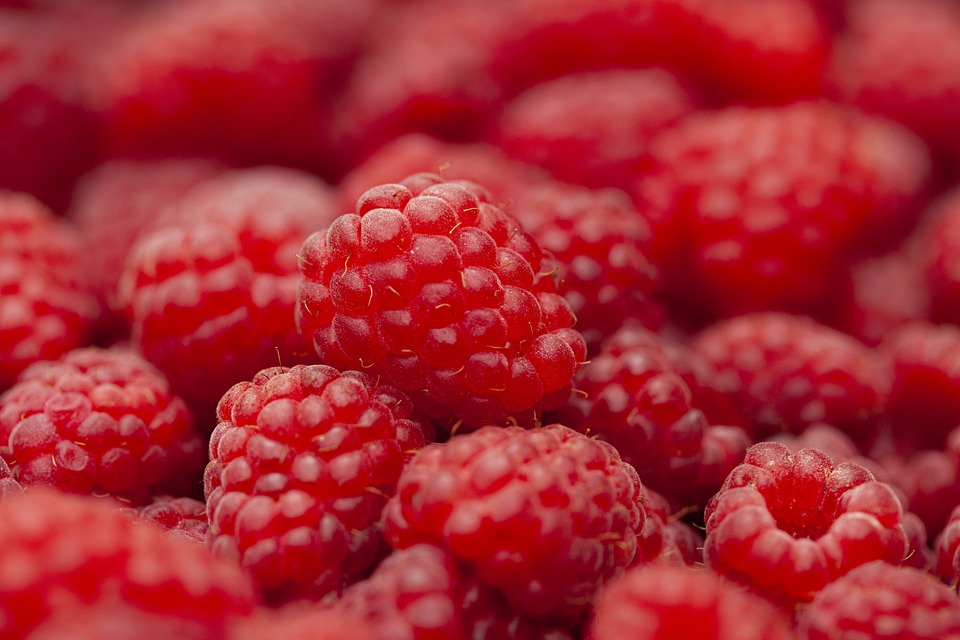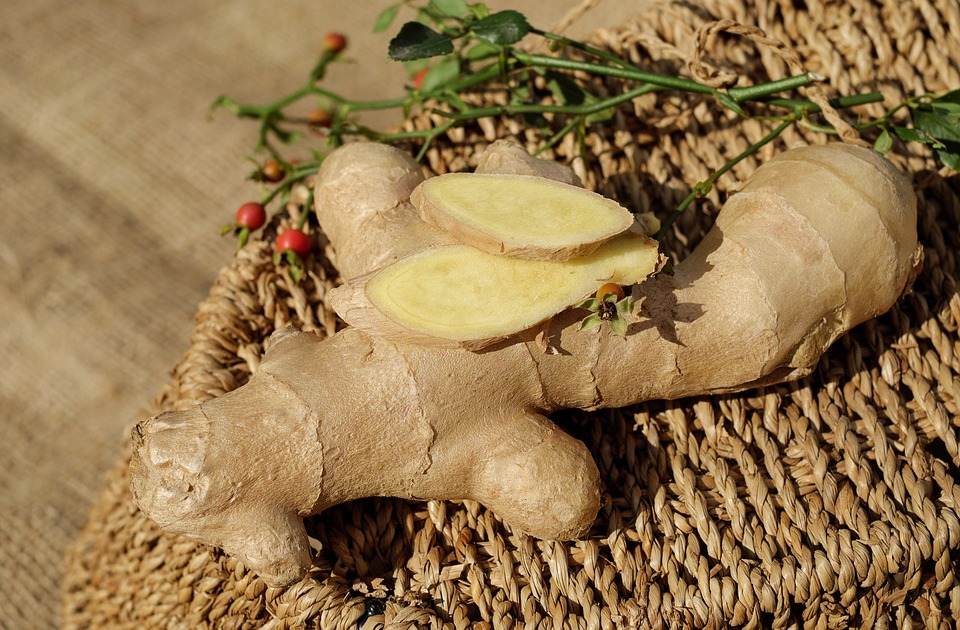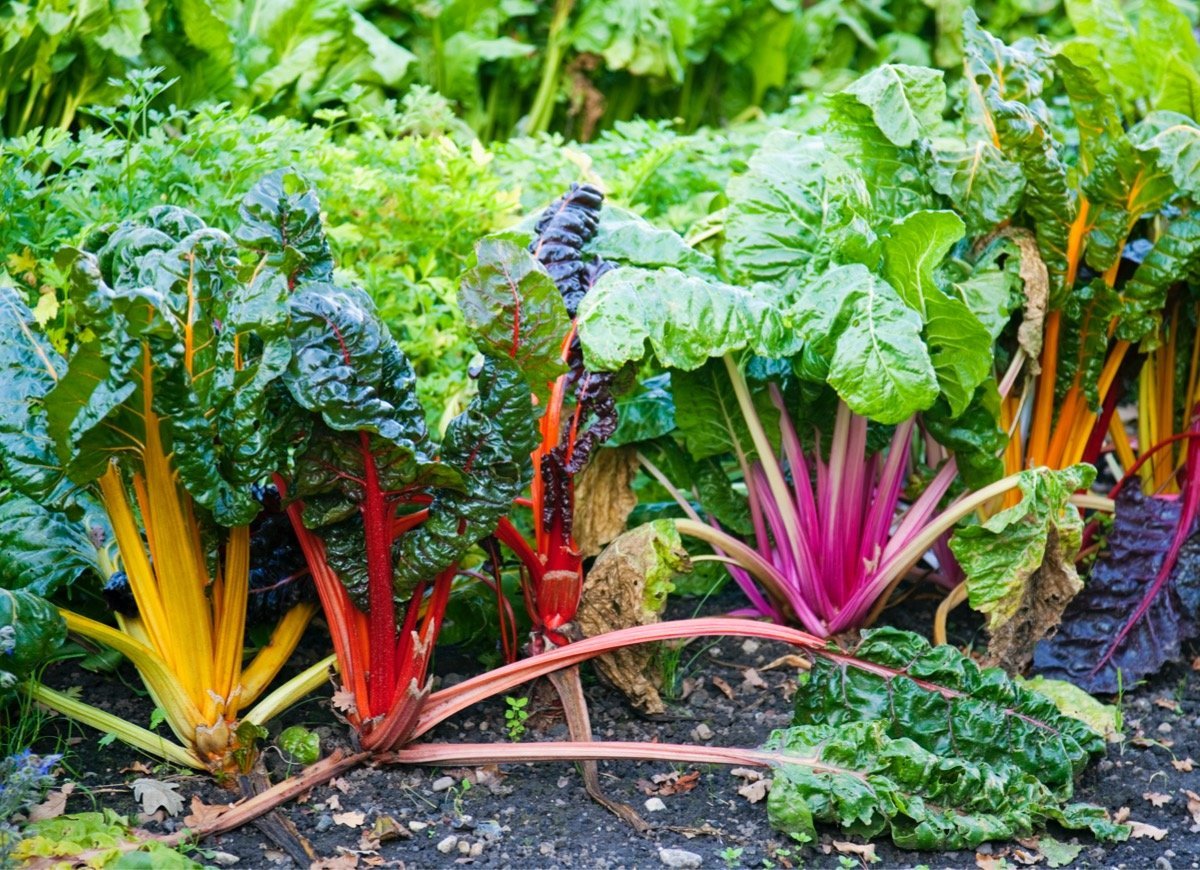How to Prune Redcurrant Tree
The redcurrant is a bushy shrub from 1.20 to 1.60 m high and 1 m in diameter. It bears clusters of small red, white or pink berries in summer, mainly on 2 and 3-year-old wood.
It is important to prune it regularly to ensure good fruit production. There are 3 types of pruning:
– the training pruning which follows the plantation of a 1 or 2 years old subject;
– the fruiting pruning;
– rejuvenation pruning.
This post explains how to prune a redcurrant.
General characteristics of the redcurrant
The redcurrant is similar to the blackcurrant, generally a little more vigorous.
It easily emits new shoots from its base that ensure the renewal of branches.
Note: cuttings can propagate currants.
The buds of the currant appear on the 1, 2, 3, or even 4-year-old wood, in the form of:
– very short twigs covered with buds;
– short twigs;
– and branches of 3 to 5 cm, resulting from a sting, finished by a floral button and able to carry buttons for 3 to 4 years in continuation.
As a currant tree grows quickly, it is recommended to respect a planting distance of 1.20 m (1.80 m for blackcurrant) and 2.50 m between rows if you form a square.
The flowering of the redcurrant
The redcurrant needs a cold period (close to 0°C) for a few hundred hours to flower normally in April. Otherwise, its buds may abort, its fruits may sink, and its flowering time may be prolonged (the flowering lasts 8 days on average).
The fruiting of the redcurrant
The fruiting of the currant takes place in July, while that of the currant takes place in the first half of August. This varies according to the region.
Currants are not sensitive to the “one year good and the next not” alternation.
They are generally self-fertile, but fertilization is better when varieties are mixed.
1. Make the formation pruning of the currant
The formation pruning gives the currant a shape, usually in a clump.
Note: Because of their branches’ weakness, currants should be trained. Their training must be renewed every 3 years.
The plants offered for sale in autumn or winter are 1 or 2 years old: 1-year-old plants have 1 or 2 branches, and 2-year-old plants have 3 or 4.
– At the end of the winter of the year of planting a 1-year-old tree: cut back the 2 shoots leaving 2 or 3 buds, the last one facing outwards.
– At the end of the 2nd winter, leave 4 or 5 buds on each shoot.
– At the end of the third winter, keep 7 or 8 buds on each shoot to obtain a well-built plant.
2. Make a fruit pruning of the red currant
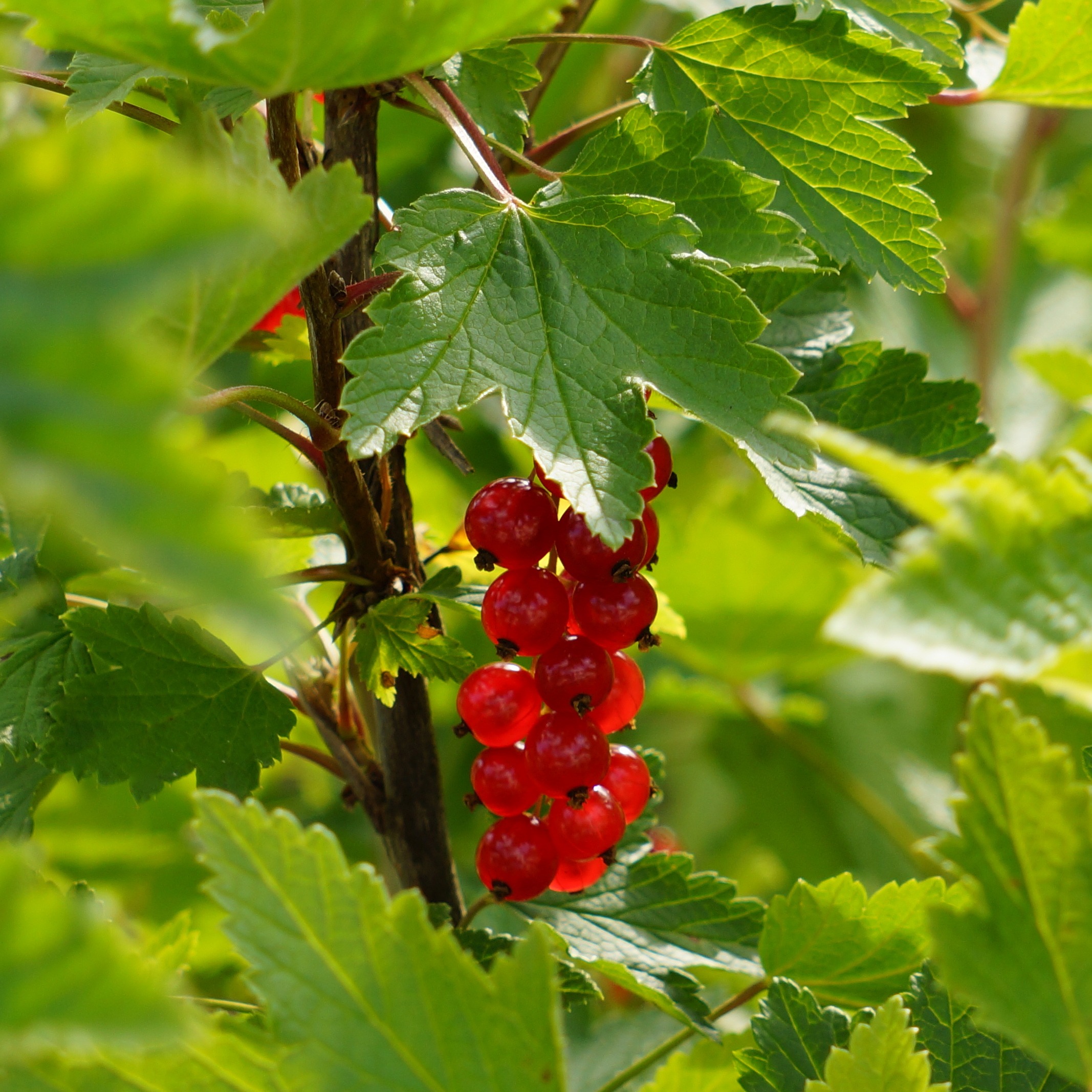
Pruning for fruiting is essential to improve fruit yield. To do this, at the end of winter:
– Keep only 12 to 15 main branches that do not cross each other and do not obstruct the center of the shrub too much. Cut the rest flush with the ground or the main branches.
– Cut back these stems 2/3 of their length, leaving the last bud facing outward from the clump.
Note: the bud under the cut will form the extension of the stem. Some buds will reproduce branches, and others fruiting organs.
– In June, pinch off the branches that are close to the extension at 3 or 4 leaves to calm their growth.
3. Carry out a rejuvenation pruning of the currant tree
This involves renewing the fruit-bearing branches to get their production going again.
– In the 6th winter, remove 1/4 of the old branches at their base to encourage new growth at the base.
– Continue this renewal of the stems the following winters. The production remains steady until the shrub is 15 years old.
– Don’t forget to feed the soil by spreading compost on the surface in the fall and lightly scratching the soil.
Note: black currants are pruned slightly less severely because the buds form closer to the extensions.
